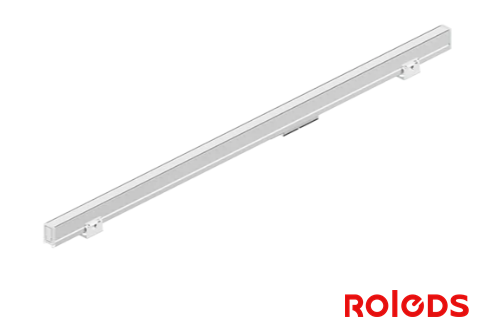In the realm of modern design, ROLEDS Linear lights have emerged as a preferred choice for architects and designers. These innovative lighting solutions are not only functional but also enhance the aesthetic appeal of spaces. With their ability to provide uniform illumination along their length, ROLEDS Linear lights are commonly used to highlight architectural features of buildings, bridges, or structures, emphasizing lines, textures, and shapes.

Enhancing Architectural Features
One of the standout qualities of ROLEDS Linear lights is their capacity to accentuate the unique characteristics of various structures. Whether illuminating the sleek lines of a contemporary building or the intricate details of a historical monument, these lights play a crucial role in architectural landscape lighting. By casting even light across surfaces, they draw attention to the design elements that make each structure distinctive. This makes ROLEDS Linear lights an essential tool for architects aiming to create visually stunning environments.
Versatility in Application
The versatility of ROLEDS Linear lights makes them suitable for a wide range of applications. From outdoor spaces to indoor environments, these lights can be integrated seamlessly into any design. In architectural landscape lighting, they are used to highlight pathways, outdoor seating areas, and even water features. The uniform illumination provided by ROLEDS Linear lights helps create an inviting atmosphere, enhancing both safety and visual appeal. Their adaptability allows designers to experiment with different placements and configurations, ensuring that each project receives a tailored lighting solution.
Conclusion
In conclusion, ROLEDS Linear lights are a game-changer in the field of architectural landscape lighting. Their ability to provide uniform illumination along their length not only enhances the beauty of buildings and structures but also emphasizes their design elements. For anyone looking to elevate their space, ROLEDS Linear lights offer a reliable blend of functionality and style, making them an indispensable choice for modern architecture.


